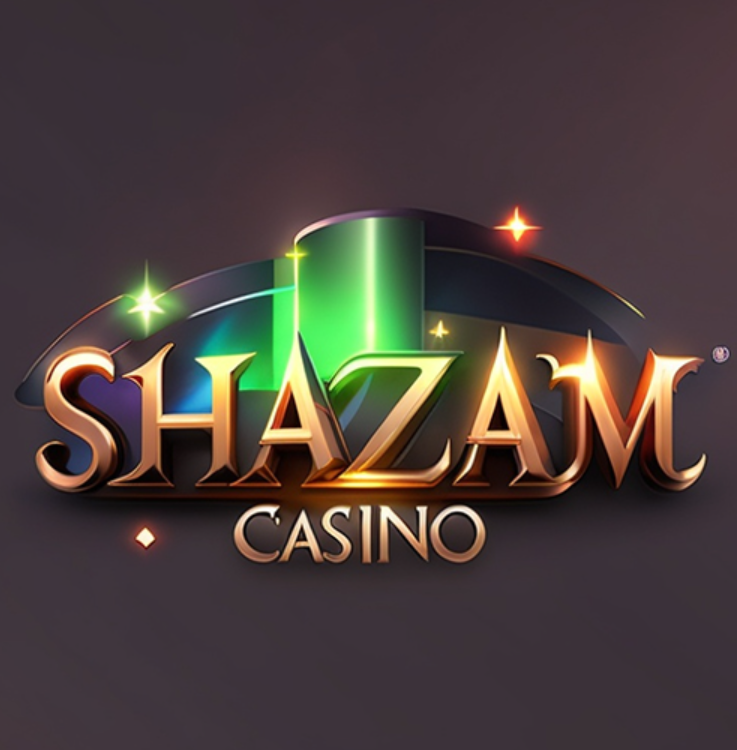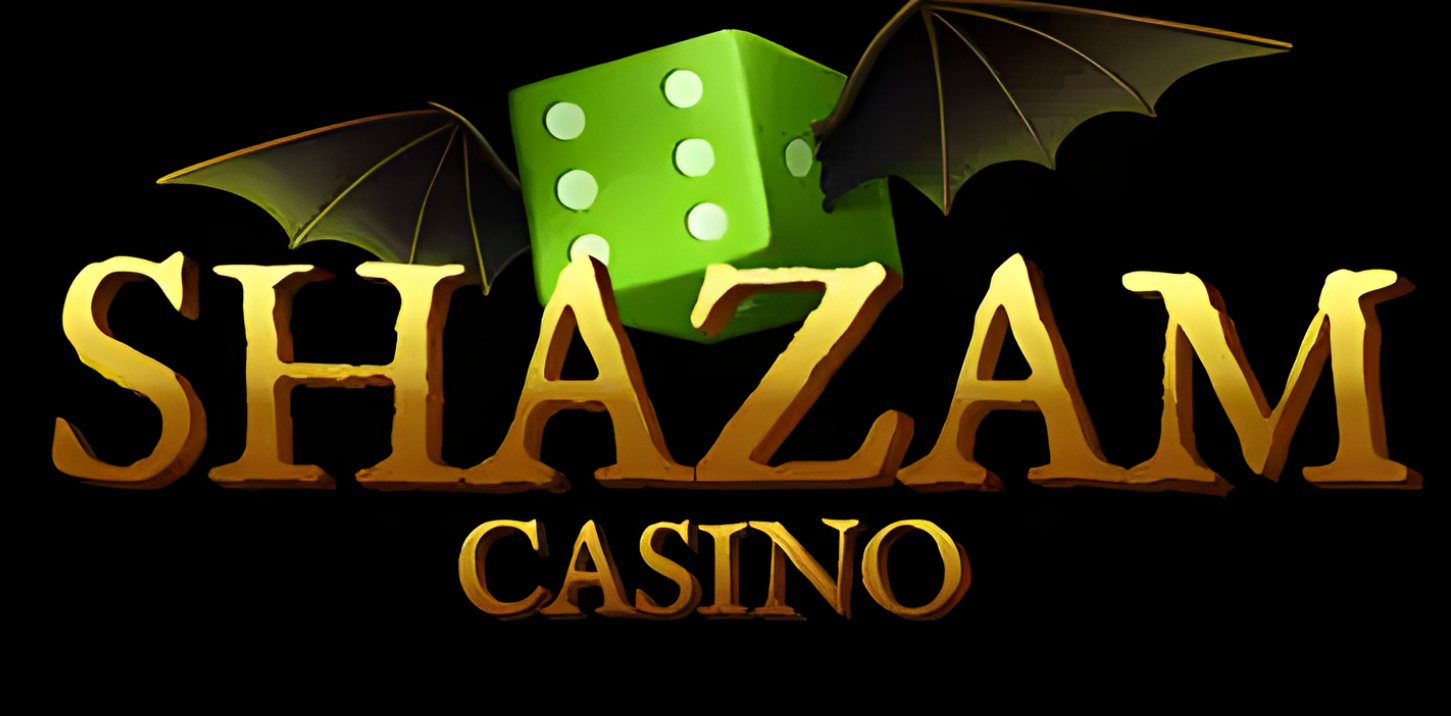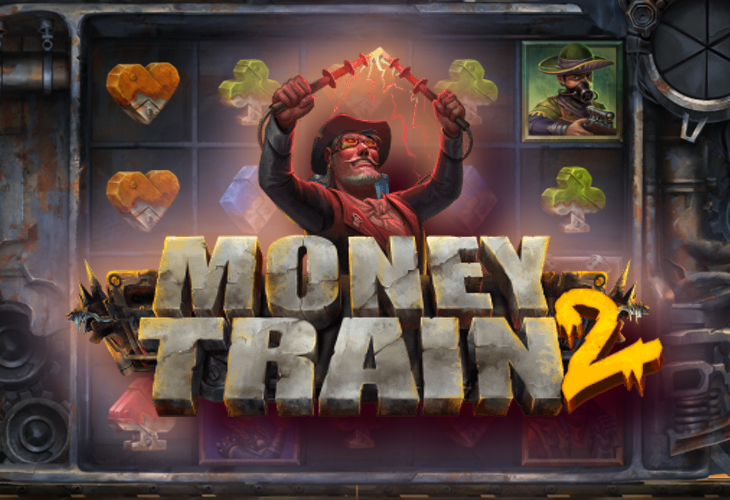
Shazam online casino creates a comfortable environment for short and meaningful gaming sessions: a clear interface, quick navigation, clear prompts, and flexible limits. Before taking any action, it is a good idea to “visit site” to evaluate the available features in the live interface. Players can check which games contribute fully to wagering requirements, explore no-deposit bonuses to practice without risk, and set personal session limits to maintain control. Familiarizing yourself with payment methods and withdrawal times also helps avoid surprises later. Additionally, reading the terms and conditions of promotions ensures you understand all requirements before starting.
Site architecture: what makes for a comfortable session
Each section has its own purpose. The faster you understand their logic, the more relaxed the game itself will be. In Shazam, it is worth getting used to the following structure: main showcase, game selections, search/filters, personal profile, cashier, promotions center, and help.
What this gives you in practice:
- simplified entry into the game without unnecessary clicks;
- quick switching between game types;
- convenient tools for controlling limits and history.
Navigation and game selection: how to find “your” modes
Subtitle: three steps to a clear catalog
- Filter by genre. Choose what suits your pace: fast spins, turn-based decisions, or live experience.
- Mechanics tags. Hints next to the game name save time (bonus rounds, free spins, multipliers, etc.).
- Favorites lists. Save your lucky finds — after a few sessions, you’ll no longer be aimlessly wandering through the catalog.
Main sections and who they are useful for
| Section/function | Who it’s for | What’s inside | Optimal session time |
| Game showcase 🎰 | Beginners | Quick selections, popular modes | 10–15 minutes |
| Search/filters 🔎 | Those who know what they want | Genres, mechanics, “favorites” | 5–10 minutes |
| Profile 👤 | Everyone | Limits, history, notification settings | 3–5 minutes |
| Cashier 💳 | Those who plan their budget | Deposits/withdrawals, statuses, help | As needed |
| Promotions section 🎁 | Bargain hunters | Info about offers and rules | 3–7 minutes |
Mobile vs. desktop: how the experience differs
- Mobile — ideal for short visits, intuitive gestures, notifications help you remember your limits.
- Desktop — more convenient for long sessions with detailed analytics, checklists, and notes.
Quick spins vs. thoughtful rounds
- Quick spins — dynamic, lots of micro-decisions, good for “warming up.”
- Thoughtful rounds — more tactics, working with bonuses, checklists and breaks are appropriate.
Step-by-step guide to responsible gaming
Step 1: Activate basic protections
- Enable 2FA & login notifications.
- Check device privacy settings.
Step 2: Budget and limits
- Set weekly & session limits.
- Pop-up reminders for time/spending.
Step 3: Game selection
- Select 3–5 games to start.
- Save favorites for daily sessions.
Step 4: Session protocol
- Warm-up 10–15 min minimum stakes.
- Main game only if calm & focused.
- End session by timer, not emotions.
Step 5: Post-game analysis
- Check spending & session duration.
- Make brief notes: what worked.
Pros and cons of the Shazam format: honest and without illusions
Advantages ✅
- ✅ Easy navigation: quickly find the games you want.
- ✅ Flexible limits: easy to set and adjust.
- ✅ Clear visualization: hints, mechanic labels, convenient operation statuses.
- ✅ Mobile ergonomics: gestures and hints suitable for short visits.
Possible limitations ❌
- ❌ Excessive notifications at startup — it is important to immediately weed out the “unnecessary.”
- ❌ Risk of long series without breaks — a timer and checklist help.
- ❌ Power of emotions in active modes — a pre-written stop scenario is needed.
Payment methods
| Method | Typical minimum/maximum* | Crediting time | Commissions** | Comment |
| Card (debit/credit) 💳 | $10 / $2,000 | Instantly–up to 10 min | Usually zero/minimal | Convenient for starting |
| E-wallet 👜 | $10 / $3,000 | Instant | Often no commission | Good for regular sessions |
| Bank transfer 🏦 | $50 / $5,000 | 1–3 business days | Bank fees possible | For large amounts |
| Prepaid/voucher 🎫 | $10 / $500 | Instant | Depending on the provider | Anonymous deposit method |
| Crypto 🪙 | $20 / $10,000+ | Minutes | Network fees | Fast and flexible limits |
* Values are approximate; check the current limits at the cashier.
** Final fees depend on the method and provider.
Player types and suitable strategies: find your mode
“Short sessions” (up to 20 minutes)
- Goal: to stay alert and avoid burnout.
- Tools: mobile, favorite games, mini-limits, timer.
- Rule: one main game per session + 1 backup.
“Medium sessions” (20–45 minutes)
- Goal: play consciously, test 2–3 mechanics.
- Tools: checklist, notes, flexible spending limit.
- Rule: break every 15–20 minutes, check your emotions.
“Long sessions” (45–90 minutes)
- Goal: structural strategy and analysis.
- Tools: desktop, session log, mode comparison.
- Rule: strict breaks, analysis of statistics, return to the base limit.
How to play easier, calmer, and more understandably
Recommendations 💡
- Clean up the interface. Leave only the necessary notifications — less noise, higher concentration.
- Plan your break in advance. For example: “I’ll finish when the timer goes off or when I reach my goal/limit.”
- Decision diary. Short notes on “what worked/what got in the way” save money in the long run.
- Micro-pausing. Stop for 60–90 seconds after emotionally intense moments.
- Compare modes, not “luck.” Note where you feel more comfortable in terms of pace and visuals — and stick to that range.
Where beginners learn faster
Training mechanics vs. highly dynamic
- Training — less visual overload, clear prompts, a quicker sense of control.
- Highly dynamic — vivid, but emotional. It’s better to leave them for the second part of the session, when the “warm-up” is already done.
Live modes vs. single modes
- Live adds drive and requires time discipline.
- Single modes are safer for building a decision protocol and step-by-step analytics.
Mini-guide to self-control: “Three traffic lights”
Green (everything is fine)
- Decisions are calm, the interface is not overloaded, limits are observed.
Yellow (caution)
- You want to speed up, “make up” for a losing streak, hints are annoying.
- Action: pause for 2 minutes, take a deep breath/exhale, check your plan.
Red (stop)
- Emotions are stronger than discipline.
- Action: end the session, return to your notes later.
Security and privacy in the US
- Use unique passwords and 2FA.
- Update your browser/operating system.
- Remove unnecessary permissions in applications/extensions.
- Check the status of transactions at the cash register and save screen receipts.
Summary of the advantages and weaknesses of the Shazam format
What is particularly pleasing ✅
- Simple structure, convenient cash register, clear statuses.
- Good support for mobile scenarios with short sessions.
- Ability to fine-tune hints and notifications.
What requires discipline ❌
- Emotions in highly dynamic modes.
- The habit of “catching up” after an unsuccessful series.
- A love of uncontrolled long sessions — treat with a timer and checklists.
How to turn gambling into a calm habit
Shazam helps you focus on the essentials — a clear interface, flexible limits, and calm decision-making. Follow a simple plan: set time and budget limits in advance, start with a “warm-up,” keep a portfolio of 2-3 convenient games, take breaks, and make short notes.
With this approach, you play not on impulse, but with structure — and it is structure that makes the experience predictable and comfortable.
And remember: if you want to evaluate the live interface and available features, it’s a good idea to check out the site first to look at the sections, check the tips, and set up your ideal scenario. Then each session will look like a short, manageable project: with a clear start, noticeable progress, and a clear ending. ✨
Frequently asked questions
How long is the optimal playing time?
For most people, 15–25 minutes is enough to have fun and stay focused.
How do I know what my “mode” is?
If after 10–15 minutes you feel clear-headed rather than overwhelmed, that’s your pace.
Do I need notes if I play infrequently?
Yes. A couple of lines save time on your next visit and help you avoid repeating mistakes.


